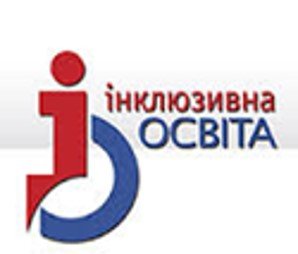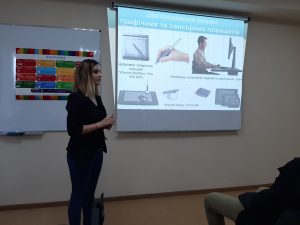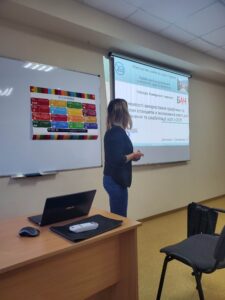12.10.2020
In the process of distance learning, the possibility of delivery of various e-learning materials and ensuring constant communication between teachers and students in the mode of video conferencing comes to the fore. Distance learning should allow students to perceive information at different rates, based on the individual capabilities of each. One of the important features of distance education is the ability to teach students with disabilities. This training will be especially effective in the early stages of rehabilitation, as the student can feel like a full participant in the learning process. This feeling is reproduced through a virtual presence in the classroom with your academic group. This effect can be achieved by using panoramic video recording with the effect of presence. This uses special equipment, such as cameras with a spatial coverage of 360º and high resolution (at least 4K), which provides the ability to dynamically enlarge images without significant loss of quality and the effect of rasterization.
The advantages of using new educational technologies and tools are ease of implementation, originality of tests and flexible adaptation to different ages of a person or child with special educational needs, adaptation to various high-definition digital devices, ergonomics of wireless pen or stylus, use as an interactive simulator for pupils of specialized correctional educational institutions.
The main task of inclusive education in higher education institutions is to provide full and quality education to people with disabilities on equal terms, which will allow them to be realized in later life.
K.G. Selivanova made a report “Possibilities of using touch and graphics tablets in inclusive education for training and rehabilitation of people with special educational needs“.



